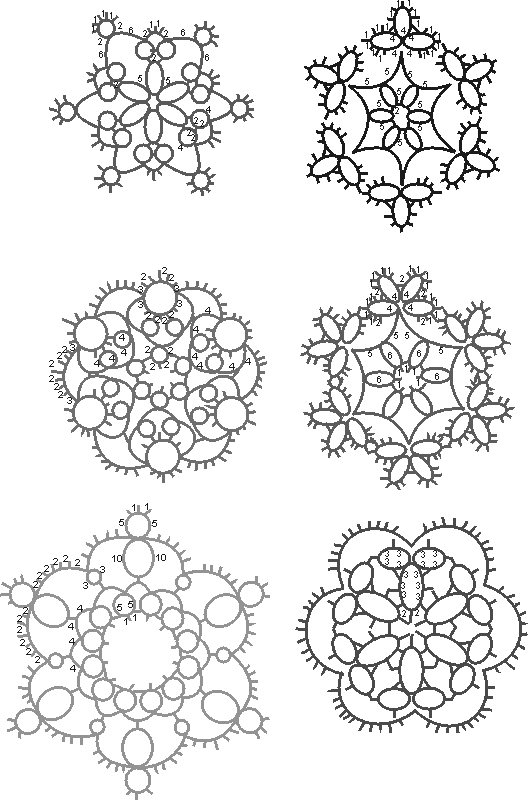-–убрики
- ¬€зание спицами женщинам (19434)
- (2)
- ¬€зание крючком женские модели (13168)
- ƒл€ домашнего уюта (5165)
- кулинари€ (кофе,чай,компот) (4101)
- ”зоры спицами (3531)
- Ўапки детские (2905)
- ¬€зание спицами дет€м (2659)
- ”зоры крючком (2618)
- ¬€зание крючком дет€м (2413)
- салаты (2091)
- носки (2090)
- ѕолезные советы по в€занию (1793)
- ”линари€ (заготовки) (1579)
- шаль (1521)
- здоровье и красота (1393)
- ¬€зание мужчинам (1212)
- шарфы (1202)
- омпьютер и интернет (1175)
- »Ќќ (1168)
- ¬џЎ»¬ ј –≈—“ќћ,,,, (1125)
- кулинари€(блюда из м€са) (1102)
- юбки (1091)
- Ўитье(модели дл€ полных идеи) (1081)
- ∆урналы по в€занию (1065)
- кулинари€(блюда из куры) (1049)
- ќ√ќ–ќƒ (974)
- Ўитье(маленькие хитрости (884)
- бисероплетение (815)
- полезные советы в быту (786)
- кулинари€ (полезные советы) (770)
- японские журналы по в€занию (765)
- кулинари€(блюда из рыбы) (752)
- ¬арежки (693)
- кулинари€ (блюда овощей) (579)
- сумочки (552)
- средство от болезней (542)
- ¬€зание крючком(цветы,украшени€...) (521)
- ÷¬≈“џ и уход за ними (489)
- пинетки (476)
- ¬ышивка лентами (412)
- ѕлетение из газет (398)
- ћќЋ»“¬џ (364)
- ¬ќ–ќ“Ќ»„ » (355)
- Ќ»√» (345)
- кулинари€(пица и лазани€) (331)
- шитье (329)
- кулинари€ (соусы) (323)
- ћузыка (309)
- Ўитье(дет€м) (300)
- ¬€зание(филейное) (279)
- ¬€зание(ирланское кружево) (277)
- ¬€зание(новогодние костюмы) (205)
- кулинари€ (китайска€ кухн€) (201)
- ƒосуг дл€ детей (196)
- упальники (193)
- ћаленькие идеи дл€ маленькой кухни! (171)
- ѕластиковые поделки(бутылки) (165)
- дневкик с кучей в€заний (132)
- ќригами (121)
- ћастер классы (111)
- ¬€зание крючком+ткань (99)
- ¬€зание бисером (96)
- шорты (80)
- улинари€(супы) (77)
- »Ќќ(мультики) (70)
- ¬ышивка бисером (65)
- подборка в€занных изделий (65)
- ¬ышивка иглой (63)
- ¬я«јЌ»≈ “”Ќ»— ќ≈ (62)
- ¬€зание на вилке (60)
- макраме (51)
- ”словные обозначени€ в журналах (49)
- ¬€зание(ленточное кружево) (29)
- канзаши (26)
- в€зание(Ѕрюггское) (26)
- кулинари€ (суши) (23)
- ¬€зние(фриволите) (15)
- вилинг (15)
- кулинари€(ликеры) (8)
- Ѕ»Ћ≈“џ (8)
- ѕоделки из слоеного теста (5)
- ѕрически (2)
- (1)
- —”ћ » (1)
- (1)
- суши (0)
- (0)
- (0)
- (0)
- (0)
- (0)
- (0)
- (0)
-ћузыка
- ќсень, она не спросит...
- —лушали: 2880 омментарии: 0
- ќрбакайте-–аз и навсегда
- —лушали: 1138 омментарии: 0
-ѕоиск по дневнику
-ѕодписка по e-mail
-ѕосто€нные читатели
-—ообщества
-—татистика
«аписей: 94056
омментариев: 1761
Ќаписано: 95804
ƒругие рубрики в этом дневнике: японские журналы по в€занию(765), юбки(1091), шорты(80), Ўитье(модели дл€ полных идеи)(1081), Ўитье(маленькие хитрости(884), Ўитье(дет€м)(300), шитье(329), шарфы(1202), Ўапки детские(2905), шаль(1521), ÷¬≈“џ и уход за ними(489), ”словные обозначени€ в журналах(49), ”зоры спицами(3531), ”зоры крючком(2618), суши(0), —”ћ »(1), средство от болезней(542), салаты(2091), ѕрически(2), ѕолезные советы по в€занию(1793), полезные советы в быту(786), ѕоделки из слоеного теста(5), подборка в€занных изделий(65), ѕлетение из газет(398), ѕластиковые поделки(бутылки)(165), пинетки(476), ќригами(121), ќ√ќ–ќƒ(974), носки(2090), ћузыка(309), ћќЋ»“¬џ(364), ћастер классы(111), макраме(51), упальники(193), улинари€(супы)(77), кулинари€(пица и лазани€)(331), кулинари€(ликеры)(8), кулинари€(блюда из рыбы)(752), кулинари€(блюда из м€са)(1102), кулинари€(блюда из куры)(1049), кулинари€ (суши)(23), кулинари€ (соусы)(323), кулинари€ (полезные советы)(770), кулинари€ (кофе,чай,компот)(4101), кулинари€ (китайска€ кухн€)(201), ”линари€ (заготовки)(1579), кулинари€ (блюда овощей)(579), омпьютер и интернет(1175), Ќ»√»(345), »Ќќ(мультики)(70), »Ќќ(1168), вилинг(15), канзаши(26), здоровье и красота(1393), ∆урналы по в€занию(1065), ƒосуг дл€ детей(196), дневкик с кучей в€заний(132), ƒл€ домашнего уюта(5165), ¬€зание(филейное)(279), ¬€зание(новогодние костюмы)(205), ¬€зание(ленточное кружево)(29), ¬€зание(ирланское кружево)(277), в€зание(Ѕрюггское)(26), ¬€зание спицами женщинам(19434), ¬€зание спицами дет€м(2659), ¬€зание на вилке(60), ¬€зание мужчинам(1212), ¬€зание крючком+ткань(99), ¬€зание крючком(цветы,украшени€...)(521), ¬€зание крючком женские модели(13168), ¬€зание крючком дет€м(2413), ¬€зание бисером(96), ¬ышивка лентами(412), ¬џЎ»¬ ј –≈—“ќћ,,,,(1125), ¬ышивка иглой(63), ¬ышивка бисером(65), ¬ќ–ќ“Ќ»„ »(355), ¬арежки(693), бисероплетение(815), Ѕ»Ћ≈“џ(8), сумочки (552), ћаленькие идеи дл€ маленькой кухни!(171), ¬я«јЌ»≈ “”Ќ»— ќ≈(62), (1), (0), (0), (0), (0), (0), (0), (0), (1)
.‘»Ћ≈…Ќќ≈ ¬я«јЌ»≈. |
Ёто цитата сообщени€ candra [ѕрочитать целиком + ¬ свой цитатник или сообщество!]
|
“ехника плетени€ кружева -‘риволите иглой |
Ёто цитата сообщени€ ≈…“ј— [ѕрочитать целиком + ¬ свой цитатник или сообщество!]
¬се модели, представленные в этой статье, сплетены при помощи иглы фриволите є 5 или 7 в зависимости от толщины пр€жи, котора€ указана в инструкци€х. ѕри желании вы можете работать и челноком; дл€ моделей с двойными обратными узлами вам понадобитс€ дополнительный второй челнок. —окращени€ приведены внизу этой страницы. ѕриведенные в инструкции числа обозначают количество двойных узлов, поперечные черточки между ними — пико. ‘ормула 3-3-3-3 ƒ” читаетс€ так: сплести 4 раза по 3 ƒ” с 1 пико между ними. ƒве поперечные черточки = длинное пико. «вездочка * вместо пико у кольца или дуги = место присоединени€. Ћинии нормальной толщины = ƒ” и пико, утолщенные линии = ƒќ”. Ѕуквы обозначают последовательность, в какой плетутс€ кольца. —трелки ограничивают 1 раппорт. ольцо и дугу заканчивать 1 простым узлом.
—окращени€:
|
‘илейка .—хемы.ѕодборка 1. |
Ёто цитата сообщени€ Anik1971A [ѕрочитать целиком + ¬ свой цитатник или сообщество!]
1.

2.
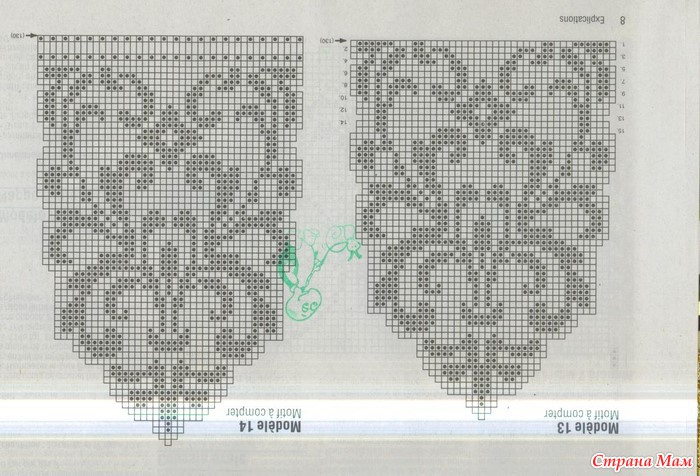
3.
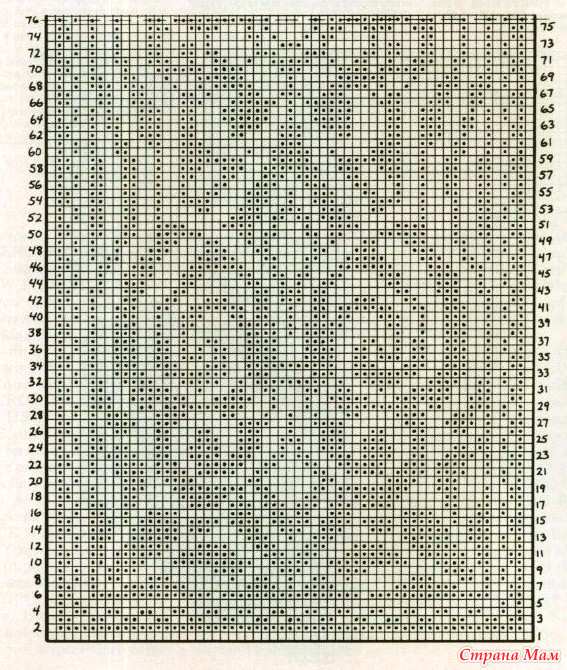
4.
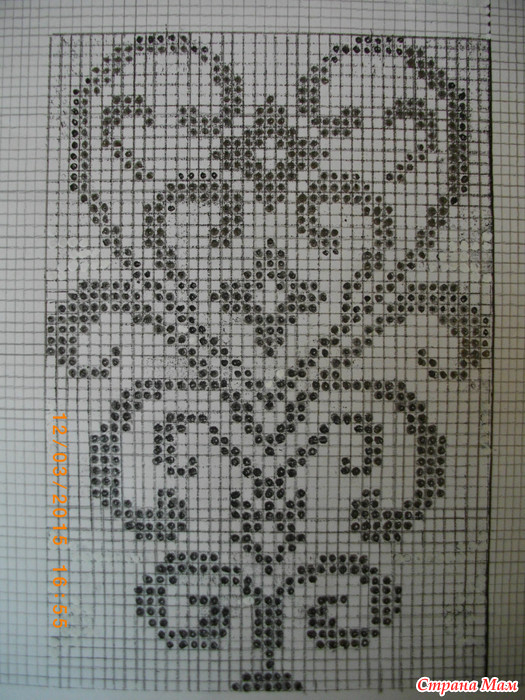
5.
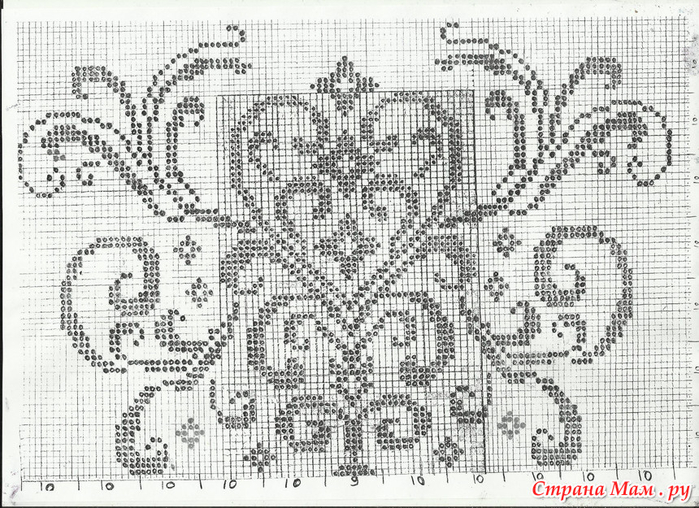
6.
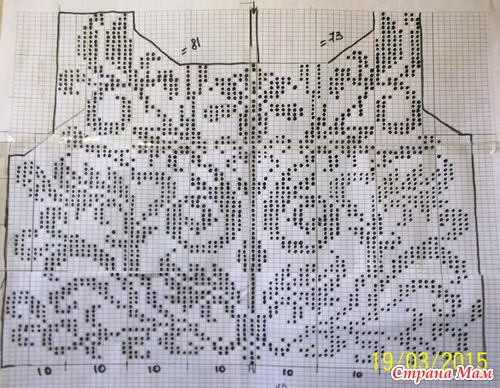
7.

8.

9.
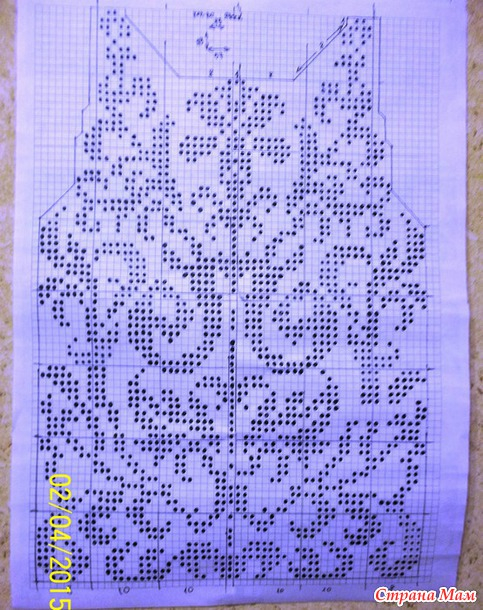
10.
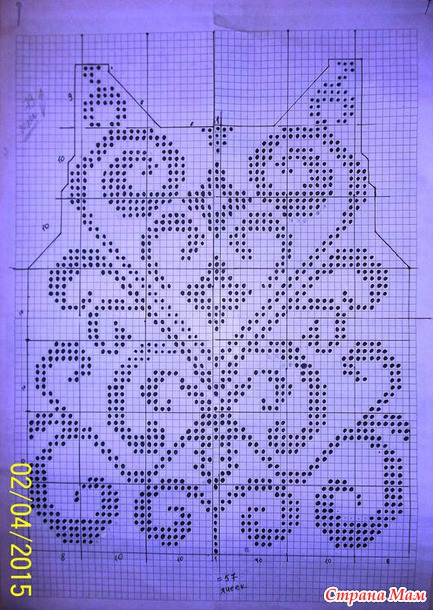
11.
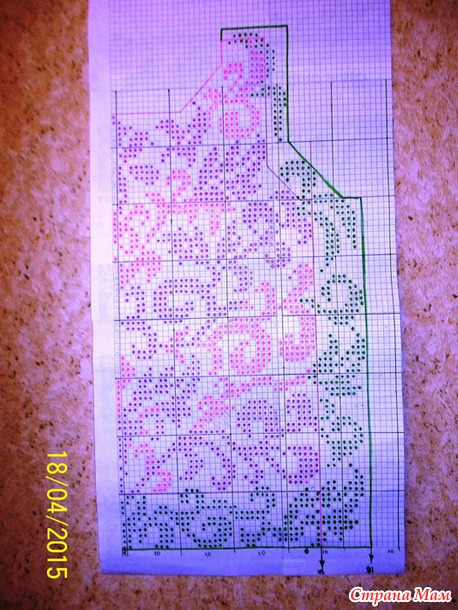
12.
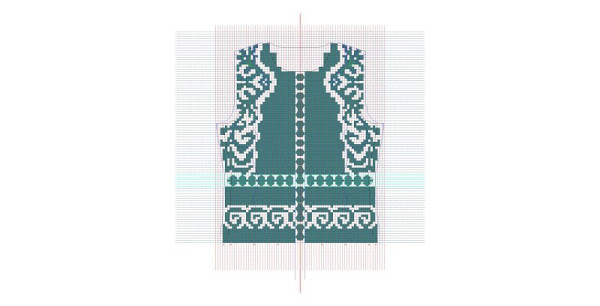
13.
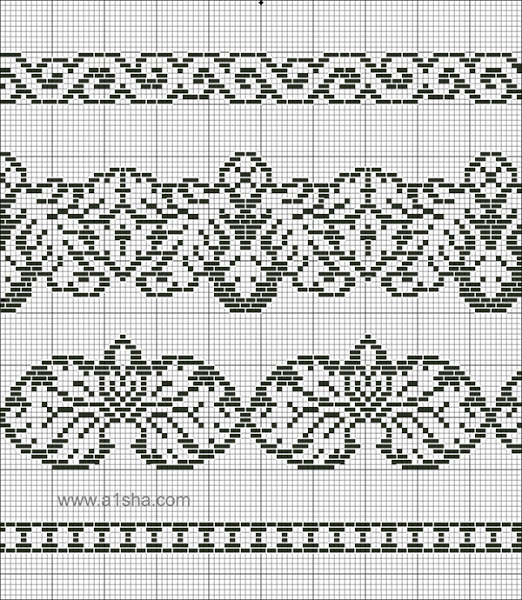
14.
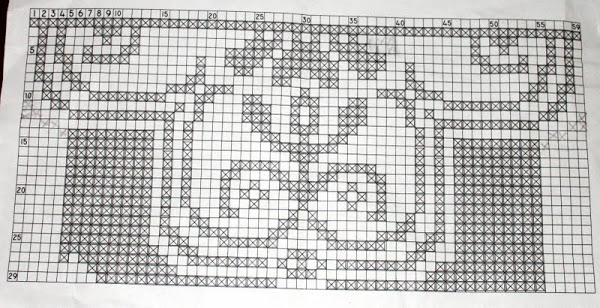
15.
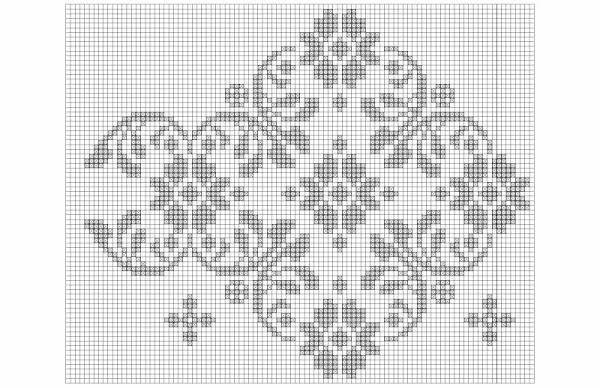
16.

17.

18.
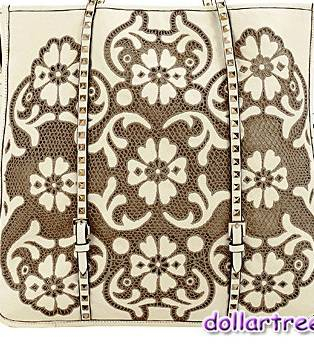
19.

20.

21.

22.
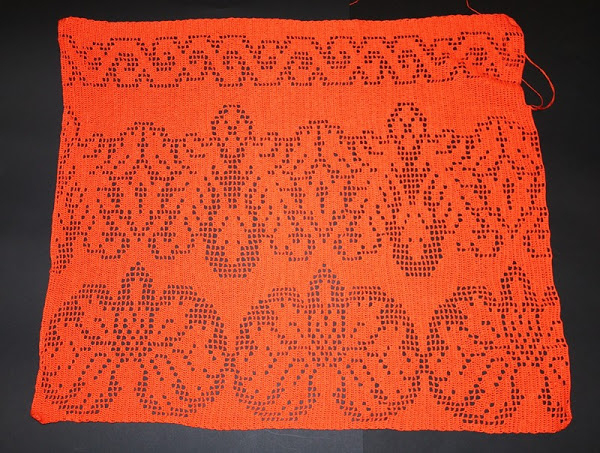
23.
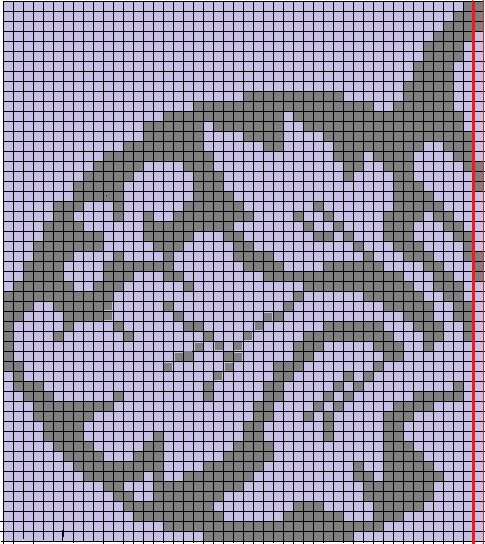
24.
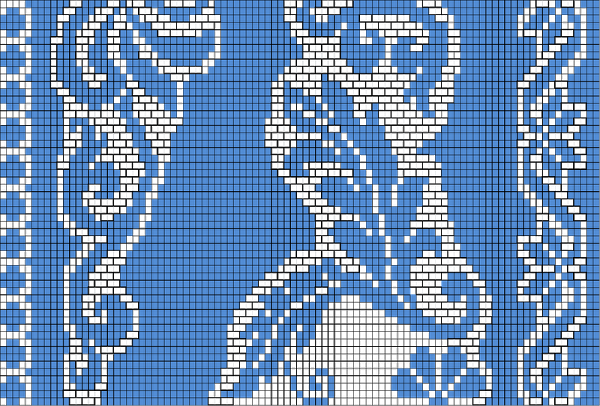
|
¬идеоуроки фриволите |
Ёто цитата сообщени€ ludmilanikolaevna [ѕрочитать целиком + ¬ свой цитатник или сообщество!]
‘риволите - технологи€ плетени€ кружев.
‘риволите иглой и крючком вместе.
—ери€ сообщений "плетение":
„асть 1 - »з лоскутков ткани - плетенка
„асть 2 - ѕлетение из газет. ƒекор корзинок розами из холодного фарфора. ћастер-класс
...
„асть 37 - ѕлетение браслета
„асть 38 - –усские пр€лки- и обр€довость св€занна€ с пр€дением
„асть 39 - ¬идеоуроки фриволите
„асть 40 - как сделать веретено
—ери€ сообщений "в€зание кружево,фриволите":
„асть 1 - Ћ≈Ќ“ќ„Ќќ≈ –”∆≈¬ќ. ћ
„асть 2 - ‘риволите
...
„асть 32 - Ѕрюггское кружево дл€ начинающих
„асть 33 - ћастер класс по в€занию стиле фриформ
„асть 34 - ¬идеоуроки фриволите
„асть 35 - Ѕрюггское кружево крючком. —алфетки и воротнички. ∆урнал со схемами
„асть 36 - Ѕелое и черное 2 плать€. 10 секретов Ѕрюгге
„асть 37 - ƒекор ружева Ѕрюгге
„асть 38 - —алфетка,брюгское кружево
„асть 39 - кружева крючком
—ери€ сообщений "видео уроки по в€занию":
„асть 1 - ѕройма и горловина крючком. 2 видео
„асть 2 - ¬€зание крючком дл€ начинающих. вадратные мотивы
...
„асть 27 - —амый простой шнурок крючком - двойна€ цепочка. 2 видео
„асть 28 - ¬€зание шнуров крючком. ¬идео-уроки 1-10
„асть 29 - ¬идеоуроки фриволите
„асть 30 - ¬идео-мастер-классы по в€занию
„асть 31 - ¬идео уроки по в€занию крючком,плейлист
...
„асть 38 - вадратный мотив с округлыми кра€ми.
„асть 39 - ”зор ї крокодилова€ кожа ї идеи и мастер-класс
„асть 40 - айма крючком,видео,мастер классы,плэйлист
|
мода и модель |
Ёто цитата сообщени€ mad1959 [ѕрочитать целиком + ¬ свой цитатник или сообщество!]
|
‘риволите. |
Ёто цитата сообщени€ Gegoma [ѕрочитать целиком + ¬ свой цитатник или сообщество!]
|
“. лейменова.‘риволите ступени мастерства. |
Ёто цитата сообщени€ Gegoma [ѕрочитать целиком + ¬ свой цитатник или сообщество!]
|
‘риволите: истори€, мастер-класс |
Ёто цитата сообщени€ –»ћ»ƒјЋ [ѕрочитать целиком + ¬ свой цитатник или сообщество!]
‘риволите: истори€, мастер-класс
—лово "фриволите" заимствовано из французского €зыка. »таль€нцы называют этот вид кружева "occhi", т. е. "глаза" (сравните с русским "очи"), за характерную дл€ него форму глазков. ¬стречаетс€ и еще одно название: "челночное кружево" - по употребл€емому дл€ его выработки инструменту.
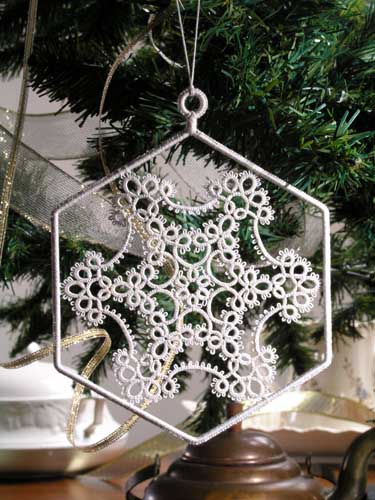
|
јзы фриволите. ћала€ энциклопеди€ + ћ |
Ёто цитата сообщени€ »римед [ѕрочитать целиком + ¬ свой цитатник или сообщество!]
 ќбозначени€ и схемы
ќбозначени€ и схемы
ƒл€ плетени€ различных кружев в технике фриволите используютс€ схемы, на которых схематично изображены элементы, вход€щие в состав мотивов - дуги, кольца, пико и т.д. ¬ подписи к схеме (раппорте) даетс€ расшифровка количества узлов в том или ином элементе и указана последовательность плетени€. ¬ некоторых схемах количество узлов прописано пр€мо на схематичном рисунке мотива, без отдельной записи раппорта.
”словные обозначени€
÷ифры 1, 2, 3 и т.д. в начале записи - пор€док плетени€ элементов
к - кольцо
д - дуга
п - пико
п'- сцепка через пико
÷ифры в скобках (5) - количество узлов
Ќа рис.1 в левой его части показан пример обычной записи - синие цифры означают последовательность плетени€ элементов (1 - кольцо, 2 - дуга, 3 - кольцо, 4 - дуга). ¬ нижней части рисунка - альтернативна€ запись, когда цифры сообщают сколько узлов в каждом элементе между пико и сцепками. Ѕуквы п, д, к, п' - иллюстрируют условные обозначени€.
ѕример записи раппорта
1 - к (5 п 5 п 5 п 5)
–асшифровка. ѕервым плететс€ кольцо, в котором присутствуют 3 пико через каждые 5 узлов.
ѕродолжение материала (9 страниц!) здесь:
http://www.osinka.ru/Sewing/Dekor/Needlework/04_02/08.html
|
јЌ ј–—,‘–»¬ќЋ»“≈+—’≈ћџ „ј—“№-1 |
Ёто цитата сообщени€ Zoloto-WEB [ѕрочитать целиком + ¬ свой цитатник или сообщество!]
|
—’≈ћџ ‘–»¬ќЋ»“≈ |
Ёто цитата сообщени€ Zoloto-WEB [ѕрочитать целиком + ¬ свой цитатник или сообщество!]
|
‘риволите без лишних узелков. |
Ёто цитата сообщени€ –ежевл€нка [ѕрочитать целиком + ¬ свой цитатник или сообщество!]
÷»“»–”ё ј¬“ќ–ј!!!
Ќебольшой мастер-класс о том, как избежать некрасивых узелков в начале и середине работы.
------
Ќам понадобитс€ два челнока.
ƒл€ нагл€дности вз€ты нитки разных цветов. Ѕежева€ дл€ колец, зелена€ -- дл€ дуг.

|
—’≈ћџ ‘–»¬ќЋ»“≈ |
Ёто цитата сообщени€ Zoloto-WEB [ѕрочитать целиком + ¬ свой цитатник или сообщество!]
Ќј…ƒ≈Ќќ “”“
 |
 |
|
x - This indicates a locking join.This type of join is covered in the lessons if you are unfamiliar with this technique. Edging would be attached to a piece of material by the middle picot on each set of outside chains. (Notice that these chain sets appear in pairs on either side of the small rings. |
 |
| This pattern came out during some work for another "Viewer Request" for a more elaborate ivy pattern. While not as sophisticated as the what was desired, it works well as a simple edging that can be attached while making it.
Begin the pattern at the small ring marked "A" and make the 12 ds, p, 1ds, cl. Then follow with the chain, larger ring, another small ring, chain, etc. |
 |
 |  |
|
Notes on Abbreviation: |  |





| Begin the pattern at one of the rings and work your way around. The joins through the two top beads were made with the shuttle thread and locking joins.
|  |


 | The sample below was made in size 70 DMC tatting cotton - the rose in varigated pink/purple and the leaf in dusty olive. If used on clothing, heavier thread is most likely more appropriate - especially if used around buttonholes. |
 |

|
Notes on Abbreviations: |
 |
 |
 |
 |  |
 |  |
 |  |
 |  |
 |  |
|
—пособы вплетени€ бисера и бусин в кружево фриволите 1 ч. |
Ёто цитата сообщени€ Zoloto-WEB [ѕрочитать целиком + ¬ свой цитатник или сообщество!]

—амый простой и легкий это нанизывание бусин и бисера на пико. ѕримен€етс€, когда в изделии бусы или бисер должны находитьс€ между мотивами, прошвами, кольцами и т.д.
“ут есть 2 варианта:
ѕервый удобно примен€ть когда нанизываемые бусины (стразы, бисер) имеют одинаковый размер или по схеме необходимо выдержать определенную длину (на пико нанизываетс€ каменна€ рубка (осколки) Ц тут можно подобрать камни на нужную длину пико.
¬ этом случае:
а) из пластиковой пластинки (упаковки, обложки тетрадиЕ) вырезать шаблон нужной длины (рис. 1). ƒлина определ€етс€ размером бусины (шаблончик делаетс€ на 1 мм длиннее Ц запас дл€ выполнени€ сцепки) или схемой плетени€
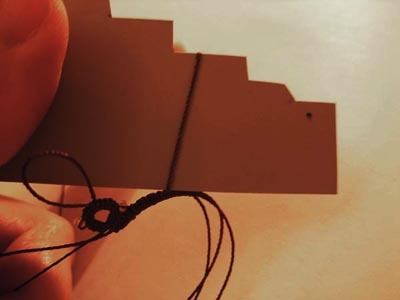
–ис.1.
б) ¬ процессе плетени€, например, мотива при помощи шаблона сделать пико нужного размера (рис. 2).
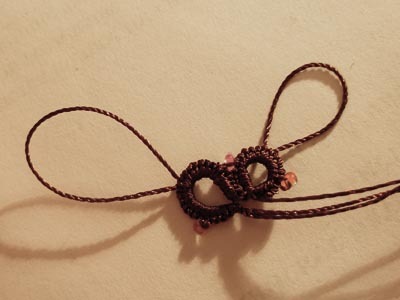
–ис. 2
в) огда мотив будет закончен, перед присоединением его к следующему элементу или мотиву нанизать на пико бусы (рис.3) (это можно сделать как сразу, так и перед непосредственной сцепкой элементов или мотивов)
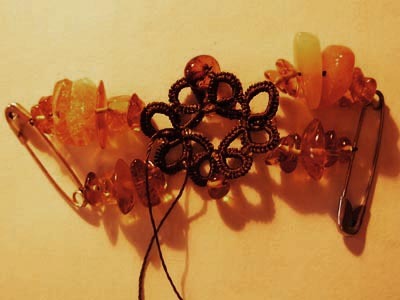
–ис. 3
г) чтобы бусинки не слетели, пока присоединение будет выполнено, € закрепл€ю их на концах пико булавками (продеть в отверсти€ петли и застегнуть)
д) в процессе плетени€ следующих элементов мотивов, выполнив соединение, булавки вынимаю.
¬торой способ примен€етс€, если вплетаемые стразы (бусы) разной ширины (рис.4) и формы или если нет под рукой материала дл€ шаблона.

–ис.4.
¬ этом случае (на примере кольца Ц рис. 5.):
а) доплетаем узелки до пико, на которое предполагаетс€ нанизать бусину, откладываем челнок и при помощи тонкой лески нанизываем бусину на рабочую нить,
б) продеваем в петлю булавочку, застегиваем и т.о. закрепл€ем булавкой бусину на пико. Ћеску вынимаем.
в) подт€гиваем рабочую нить, пока булавочка не окажетс€ плотно прит€нутой к бусине (слишком сильно не стоит нат€гивать, иначе потом ¬ы не сможете ввести крючок в петлю дл€ последующего присоединени€), закрываем пико полным узлом и
г) продолжаем плести мотив по схеме. «ат€гиваем колечко.
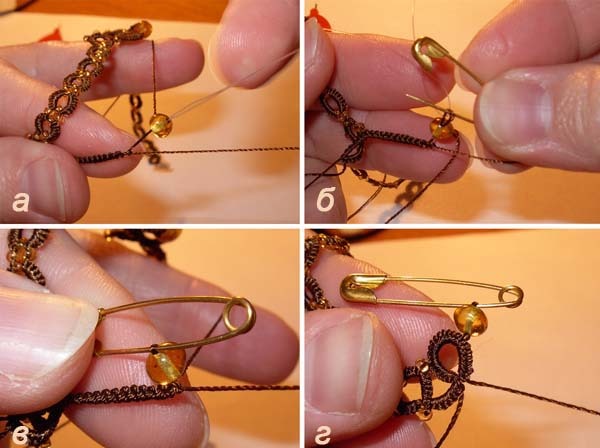
–ис.5.
д) плетем смежный элемент, который нам надо присоединить к пико с бусиной до места присоединени€ (рис. 6).
е) вводим крючок в пико (в петельку между бусинкой и булавкой) и выполн€ем сцепку.
ж) теперь можно вынуть булавочку
з) бусинка в изделии

–ис.6.
ѕо аналогии мы можем воспользоватьс€ пико дл€ присоединени€ к элементу бисера (рис.7).

–ис. 7
ѕопробуйте выполнить схемы самосто€тельно.
ћожно использовать пико дл€ вплетени€ бусины в кольцо и так, как показано на схеме рис.8. Ќа рис. а пико проходит вдоль оси кольца, иногда его можно сместить на 1 полный узел влево и/или/ вправо относительно оси симметрии, на рис. б Ц поперек. оличество пико определ€етс€ исход€ из диаметра бусины опытным путем.
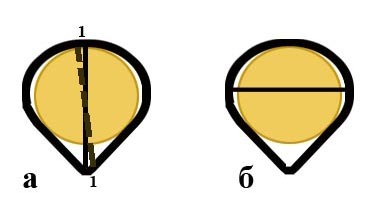
–ис.8
ќбычно мастера, прежде чем плести изделие, делают пробные кольца и дуги (особенно это касаетс€ новых, ранее не испробованных видов и сортов нитей). ѕо ним приблизительно можно определить, сколько узелков попадает в 5-10 мм цепочки узлов зат€нутого кольца(дуги)
» по-прежнему самым простым и самым быстрым способом остаетс€ нашивание бусин на уже готовое изделие при помощи иглы и прочной но чуть более тонкой нити, чем исподьзовалась пр плетении кружева. Ќить выбирают в тон кружеву.
¬ центре мотивов колье на рис. 9 бусины нашиты таким способом

рис. 9

Ётот воротник был сплетен из вискозных ниток и только спуст€ несколько лет расшит мной в технике јнкарс.
источник
|
¬ ѕќ»— ј’ Ќ»“ќ ƒЋя ‘–»¬ќЋ»“≈. »« „≈√ќ ѕЋ≈—“»? |
Ёто цитата сообщени€ gaberlik [ѕрочитать целиком + ¬ свой цитатник или сообщество!]
-
»рис
“олщина нити варьирует в пределах клубка, узлы получаютс€ разной толщины, что смотритс€ неаккуратно.
 |
 |
|
| —траницы: | [1] |














